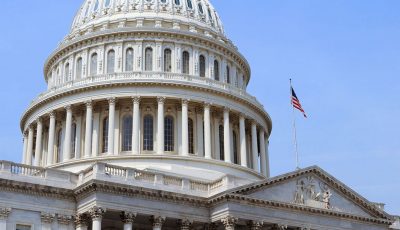EPA considers finding CUC in contempt, eyes receiver
US grant for CUC now over $50M since court orders in 2009
With a federal judge pointedly stating that the Commonwealth Utilities Corp. has no regard for judicial deadlines, the U.S. Environmental Protection Agency is now strongly considering asking the court to find CUC in breach of court orders and appointing a receiver to oversee the utilities agency’s operations.
U.S. Department of Justice Environmental Enforcement Section senior attorney Bradley R. O’Brien, however, stated that rather than seek specific relief from the U.S. District Court for the NMI at an upcoming July 29 hearing, the U.S. is permitting CUC and CNMI an opportunity to meet their obligations.
“The United States will evaluate CUC’s and CNMI’s future compliance with the orders and respectfully advise the court accordingly,” said O’Brien in EPA’s July 29, 2014, report filed in federal court on Friday.
O’Brien pointed out that U.S. District Court for the NMI designated judge David O. Carter, in an attempt to help CUC and the CNMI people, presided over some 55 status conferences and personally inspected many of CUC’s facilities, despite being a Central District of California jurist whose courtroom is in Santa Ana, California.
“However, the court’s good faith attempt to prod CUC into compliance and to develop a functional utility largely failed as CUC continued to violate the orders and the court’s deadlines,” the lawyer said.
As a result, at the March 17 status conference, Carter pointedly stated that CUC has no regard for judicial deadlines, the series of status conferences are at an end, and the parties are now in an adversarial proceeding.
Carter then directed the U.S. to consider seeking appropriate judicial relief.
Consistent with the judge’s direction, O’Brien said the U.S. strongly considered asking the court to find CUC in breach of the orders and court-ordered deadlines; to impose stipulated penalties; and to appoint a receiver to oversee aspect of CUC operations, with the receiver funded by CUC and CNMI under court supervision.
Although progress has been made to cure long-standing deficiencies with CUC’s drinking water and wastewater systems—thanks in large part to EPA technical assistance and U.S. grant funding totaling more than $50 million since entry of the orders—CUC consistently fails to meet the orders’ remaining requirements and unerringly fails to meet deadlines and “extensions of time” of these deadlines, O’Brien said.
“Serious questions remain whether CUC will meet the orders’ requirements and become a functioning utility—in part because two of the three senior level CUC positions falling within the order’s requirements (deputy executive director of water and wastewater operations and chief financial officer) are unfilled,” he said.
Similarly, O’Brien said, the CNMI fails to meet the terms of the court orders by failing to fund CUC’s obligations.
In fact, he said, CUC often represents to the court and the U.S. that a fundamental cause for CUC’s poor operations and inability to comply with the orders and environmental laws is the CNMI’s refusal to pay the government’s power bills—arrears that CUC says total $20 million.
O’Brien said the U.S. intended the orders to create a sustainable foundation for CUC’s operations and to modify CUC’s historically poor practices in order to be consistent with comparable utilities and in compliance with environmental laws.
In the status report, O’Brien also provided a summary of significant CUC projects covered by the stipulated order numbers 1 and 2 that the court entered in March 2009.
Stipulated order No. 1 focuses on drinking water and wastewater issues such as requiring CUC to provide safe drinking water to residents on a 24-hour basis, maintaining adequate chlorine supplies, safely treating and discharging wastewater, and developing long-term capital improvement and financial plans.
Stipulated order No. 2 focuses on oil issues such as repairing and replacing oil storage and operation infrastructure, managing tank and pipeline facilities, and requiring spill and emergency response equipment and protocol.



























